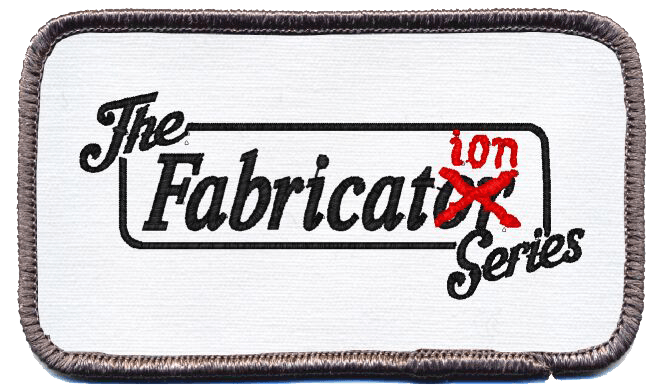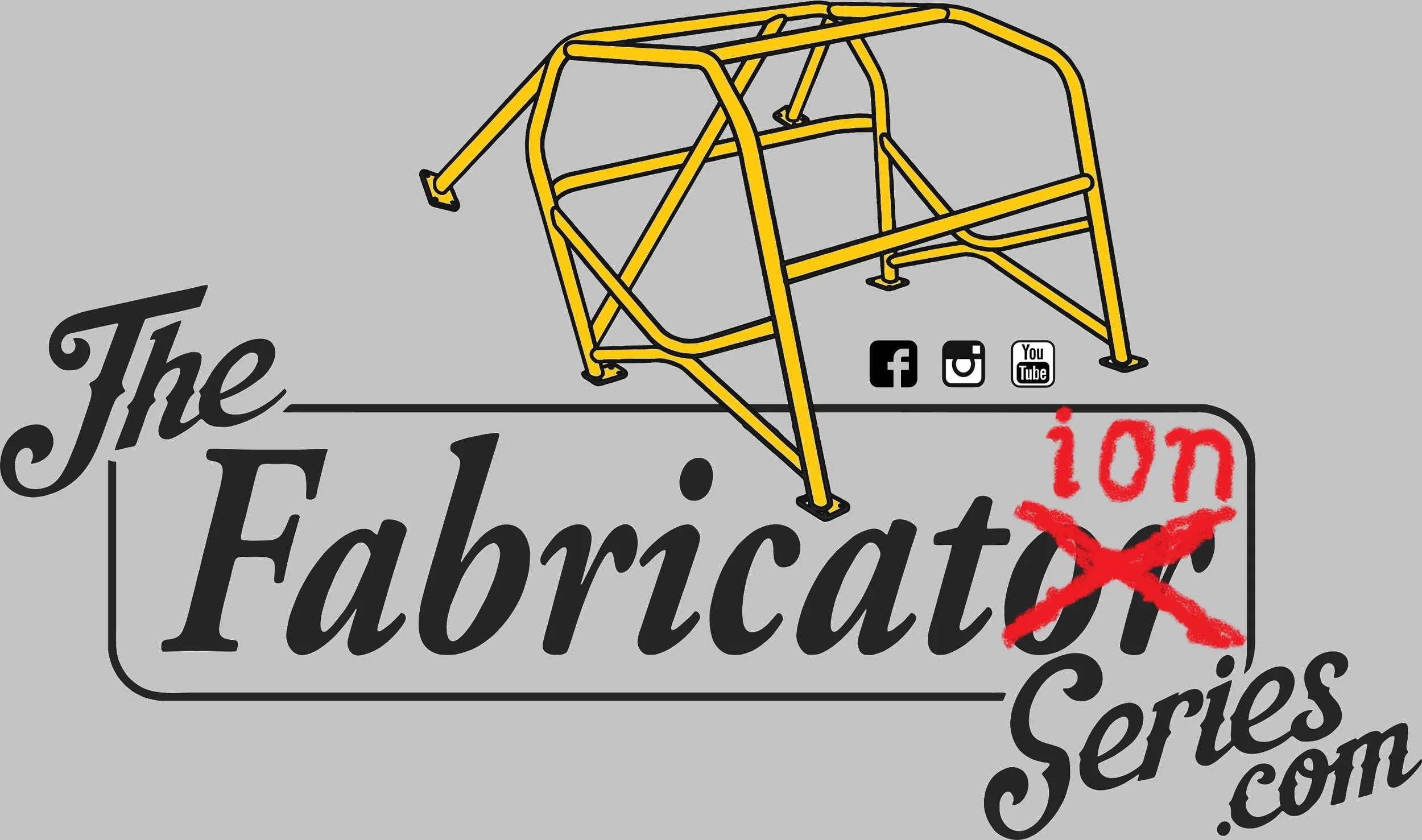Want to know how to bend tubes for your next project? Well, you might need to know the basics of measuring, calculating, and setting up the bender for the bends you need to tackle.
Tube Bending Basics was created to show you a few different types of bends and the methods used to achieve them.
MORE Info Coming Soon!
What You Need to Know
There are many important point to know and understand before you get to bending tubes. Functions of the bender, tools, and even the dies themselves have key points you should know before you actually get to bending.
Tube vs. Pipe
It is very common for people to confuse the two materials. Tube is based on its actual dimensions. The measurement of the outside diameter of the tube is the tube size as well as the actual measurement of the wall thickness.
Pipe is measured on a nominal inside diameter. Each wall thickness is referenced as a "schedule" to identify it. A 1.5 inch Schedule 80 wall has an actual inside diameter of 1.5 inches. Smaller schedule sizes will have a larger outside diameter.
Pipe is NOT used for roll cage or chassis construction.
The most common place to see pipe used in the automotive performance industry is on turbo manifolds. Most turbo manifolds are constructed using 1.5 inch Sch. 40 stainless or black pipe. Pre-made pipe elbows (known commonly as a "Weld El") make excellent tight radius bends for manifold construction. You might also see a reference for "steam pipe manifold" when you search around.
Pipe Bender vs. Tube Bender
While you might find tube bender manufacturers offer up pipe sized dies, the two machines are actually different in their standard designs.
Tube benders typically draw the tube around a die. The die profile is designed and cut to maximize strength of the wall as well as prevent the collapse of the outside wall, and prevent the inside of the bend from kinking. Tube size dies are for bending tube Pipe will not fit inside of a tube die.
Pipe sized dies are based on the outside diameter of the pipe. The typical design of a pipe bender will have a hydraulic cylinder placed in the middle of a frame which holds the rollers. The die (sometimes called a "shoe") rests on top of the cylinder. When the pipe is placed on the die, the hydraulic cylinder will force the pipe in between the rollers causing it to bend.
Pipe profiles do not support the inside or outside of the pipe. If you place a similar size tube into a pipe bender, the inside will kink, the outside will flatten inward, and the walls will expand.
Some people have gone to great lengths to attempt tube bending with a pipe bender. Some methods include filling the tube with sand, while other methods require purchasing more parts. At the end of the day, the amount of money spent between wasted materials and extra components will often exceed the cost of a decent tubing bender. The result is also not as safe as the tube bent correctly in a tubing bender.
You should NEVER compromise your own safety for a couple dollars worth of savings. The correct tool for the job of tube bending is a tube bender.
Center Line Radius (CLR)
It is common for people to get mixed up in the CLR of a die. To simplify it, the CLR is the distance between the center or the tube and the center of the die where it pivots. In other words, half of a circle is the Radius. The distance between the center of the circle (the die) and the center of the tube, at any point in the bend, is the Center Line Radius.
The larger the CLR, the more gracious or gradual your bend will be.
The smaller the CLR, the tighter your bend will be.
Which die CLR should you purchase?
This is a very common question, but the answer is up to you to determine. Sometimes you need a very gradual bend to match a particular profile in the space you have to work with. Sometimes you have a very limited space to work in and need a very tight CLR.
In either instance, the requirement is calculated and the die purchased to match. However, you probably don't want to buy a new die every time you want to bend something. So what do you do?
Follow the Rule of Thumb
Diameter X 3 = Minimum Acceptable CLR
Take the diameter of the tube you intend to bend and multiply it by 3. The result is the minimum size CLR you should purchase to bend anything. This would be the "universal" size die.
Example:
1.5 inch (tube) X 3 = 4.5 inch CLR
Many racing sanctions list the rule of thumb as the minimum allowable CLR to use for roll cage fabrication. Sometimes they list a different number. It is imperative that you check the rule book written by the sanction you intend to run in. Remember, the rule you need to follow is only in print. Always ensure you check the requirements for minimum CLR.
Gauges and Cheaters
A The Bending Gauge is a useful reference tool which allows you to visually calculate the amount of material you need to create a bend. With every increment of material and bend angle, you can calculate material needed. You should create a bending gauge for every size die you use as well as note the amount of material for each bending reference you use.
"Cheater Bending" is one of the easiest methods to measure and bend materials to create your project. The biggest point to remember is that you need to create a cheater for every die size you use as well as every bend reference you use.
Here is another example of a bending gauge in action:
https://youtu.be/v7ZRYJg0zoA?t=56m29s
Here is a good video showing use of the cheater for measuring a main hoop:
https://youtu.be/F-U9bvvMobw?t=11m
Bending the Tubes
Now that we have a clear understanding of the materials and tool, we can start bending up some tubes. There are 3 main styles of bending you should know and practice: Flat Plane (2D) bending, Offset (3D) bending, and bending within a boundary.
What is an Offset?
An offset in a a bend is a direction taken by the bend angle where the tube will turn (or bend) from a flat plane, X and Y, to the Z plane.
Flat Plane (2D) bending
Any bend design that is meant to stay flat on a surface, or not shift or bend to a different plane is a Flat Plane Bend. A great way to differentiate a Flat Plane Bend from an offset bend is to lay it flat on a surface. If no parts of the tube lift, or all surfaces touch the surface it is resting on while laying flat, the bend is a Flat Plane bend. Many main hoops, bash bars, and tube bumpers commonly use Flat Plane bent tubes.
Offset (3D) Bending
If a flat plane bend is laid out on a surface, and you are looking at it from above, the directions of the bend would be Left, Right, up, or down. Offset bends would be considered in or out, or they would bend toward your point of view or away from it. The bend that turns the direction is the offset bend. Offset bending is common on tube chassis, front hoops of roll cages, strut tower braces, and secondary sections of tube bumpers and bash bars.
Understanding your point of view is key to understanding the bending direction of an offset tube. It can get a little confusing when you are measuring a vertical tube and then load it into a horizontal bender. The offsets will often change from left to right, and even up to down depending on what type of bender you use. Just remember to really pay attention to the direction of the bend and how the tube draws around the die when loaded in the bender.
Bending Within A Boundary
This can get very tricky at times when you want the termination of a bend to land within a certain boundary or zone. One of the easiest methods to use is to draw the piece out on a flat surface such as a table or the floor. You can fabricate specific cheaters from scrap tubes to mock up specific angles and their fitment on the drawing. This will allow you to measure the starting point of each bend which will ensure you land right on your mark after notching or mating.
Boundary bending is very commonly found In roll cage design when the harness bar is recessed to allow more clearance for the driver's seat under the main hoop. Boundary bending is also found in main hoops (to fit within the chassis), and even the example used in the video to create a miniature Nerf Bar.
Here is a great demonstration of Flat Plane Bending and how to avoid offsetting: A Harness Bar
https://youtu.be/4MkLWWfye-k?t=16m12s
Here is exactly the opposite on a Tube Chassis Front End - Offset Bending
https://youtu.be/FhKdg_JwTGo?t=6m20s
This is also a great visual of offset bending where a portion of the main hoop needed to be offset rearward, but then needed to be bent back to the forward mounting position:
Check out some of the Questions submitted by the viewers! This video was taken from the end of Tube Bending Basics which will be posted up soon.
Question List
2:09 Diameter & Wall Thickness Decision
3:23 Bender is off from Reference
4:16 Measuring to Match Plans & Prints
4:39 Cheapest Bending Tool
6:51 Bending Without a Tube Bender
8:37 Diameter X 3 = CLR
9:18 Best Bender for a Newbie
9:50 Bender in my Country
10:13 Can I Do Exhaust Work
11:26 Learning Material











Purge Blocks actually serve more than one purpose. Do you know what they do?